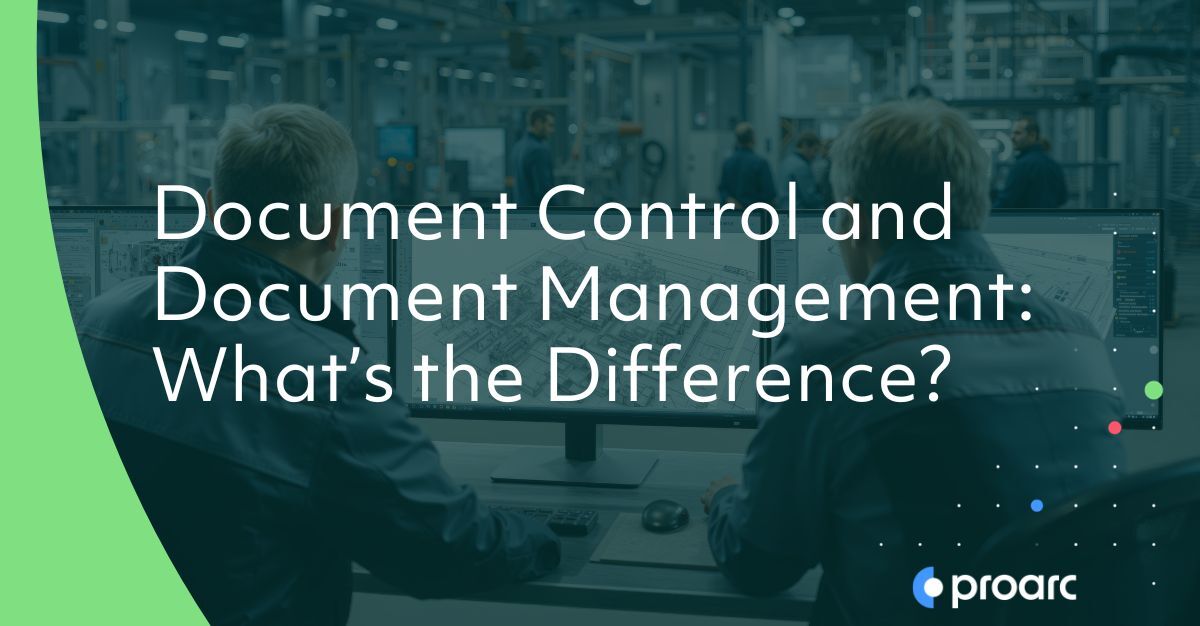
Poor Communication Leads to Project Failure One Third of the Time
A study conducted by the Project Management Institute (PMI) revealed that ineffective communication had a negative impact on successful project execution. Surprising? Well, not really. And this problem still holds true today. Likely anyone ever involved in a project of any size knows this basic fact. What may surprise you is the number of projects still lacking effective communications management and the resulting magnitude of economic impact this deficiency has on projects.
Although strides have been made to improve formality, ‘communications’ are often still regarded by management as something that just ‘happens’ as part of regular project management tasks, using basic, generic tools, such as email and/or spreadsheets. However, without a well thought out communication strategy and tools designed to store and regulate project information and communications, many companies are throwing millions of dollars out the window with every project they attempt to execute. If you don’t believe it, maybe some of the study’s findings will convince you:
- “Companies risk $135 million for every $1 billion spent on a project and new research indicates that $75 million of that $135 million (56 percent) is put at risk by ineffective communications, indicating a critical need for organizations to address communications deficiencies at the enterprise level.”
- “Ineffective communications is the primary contributor to project failure one third of the time, and had a negative impact on project success more than half the time.”
- “High-performing organizations (those completing an average of 80 percent or more of projects on time, on budget and within goals) create formal communications plans for nearly twice as many projects as their lower performing counterparts (which complete fewer than 60 percent of projects on time, on budget, and within goals).”
A Formal Communication Plan is an Absolute Necessity
With the acknowledgment that formal communication plans are an absolute necessity for project success, PMI's report includes the following recommended strategies project managers/owners should consider to improve their project communications programs:
- Close the communications gap around business benefits.
- Tailor communications to different stakeholder groups.
- Acknowledge the value of project management, including project management communications.
- Use standardized project communications practices (e.g. interface management, document control), and use them effectively.
Once a comprehensive communications plan has been created and agreed upon, project managers need to determine how they can ensure all parties involved on the project adhere to point four: “Use standardized project communications practices, and use them effectively,” for the entirety of the project. The most reliable and efficient means to achieve this goal would be to choose a compatible information management software solution that stores all communications in one central location as it guides project participants through accepted communication processes that have been predetermined by the project manager when configuring the system’s workflows and templates. Many seemingly comparable software tools claim to meet these needs, however, project managers need to carefully choose software built specifically to automate and support the unique needs of their complex projects.
Successful Communication Requires the Right Tools
At first glance, many basic tools, such as spreadsheets and generic content management systems seem sufficient for this purpose. However, using spreadsheets to track project communication & information is prone to human error, difficult to keep updated and nearly impossible to track and audit for updates. Spreadsheets are further challenging, particularly on large projects, because they lack consistency and data integrity is often questionable. The manual nature of spreadsheets lacks the controls that can be provided with automated, project specific workflows that ensure all information is captured, reviewed, and approved as mandated by project governance.
To ensure governance, risk, and compliance processes are met, ‘enabling and standardizing project communication practices’ must be at the core of the chosen project information management solution. Systems, such as Ascertra's EDMS software, provide the ability to automate best practice project management processes for different portions of capital project information management to ensure the correct procedures are followed every single time they are performed. In addition to regulating processes, Ascertra systems capture all data related to individual communication activities and provides the information via reports and dashboards appropriately for different stakeholders over the entire project lifecycle. Ensuring current information is communicated to the correct people throughout the project means more than sending an email to a project team member with a recent update. A mature solution, such as Proarc EDMS software for document control, provides:
- Automated workflows that ensure authorized and affected parties receive all applicable communications & related tasks in a timely manner
- Tracked updates - meaning all affected parties are notified on revisions to agreements or information
- Reports to identify any information deliverables behind schedule
- Dashboards with real-time data, such as performance indicators or early identification of potential communication issues
- Official and auditable records of decisions and activities
- An accurate project history to share best practices and lessons learned for future projects
On top of ensuring all project participants are using up-to-date information, a project information control system centered on enforcing best practices and process automation also delivers scalability to organizations that use them. By giving all key performers the best quality information when they need it, talented, smart people become more productive and are able to support business growth without loss of control or loss to the bottom line.
Learn more about how EDMS software supports effective document control and how it facilitates essential communications between project members.
Quotes from this article have been taken from the following sources:
Pulse of the ProfessionTM In-Depth Report: The Essential Role of Communications
PMI: More Than Half of All Project Budget Risk is Due to Ineffective Communications
[Update June 2024]




